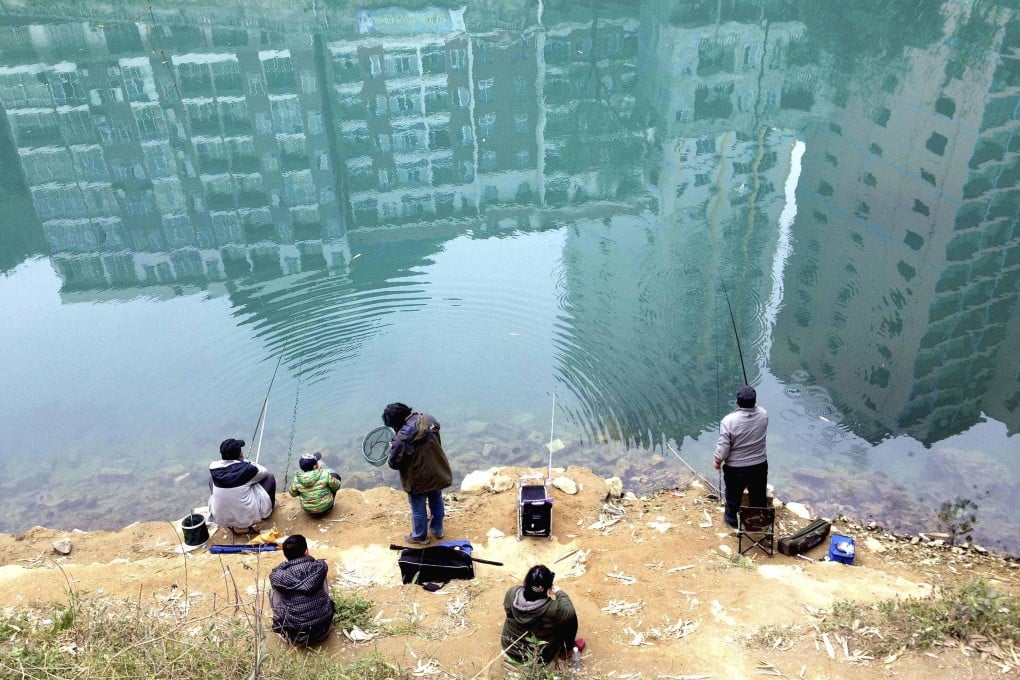China looks to tackle problems for debt-ridden local authorities with water tax reforms
Ministry of Finance announces expansion of the Water Tax Interim Measures from 10 provinces to the entire nation, effective from December 1

China’s Ministry of Finance said on Tuesday that it would expand the Water Tax Interim Measures from 10 provinces to the entire nation, effective from December 1, amid efforts to provide debt-ridden local authorities with more revenue.
The measures aim to safeguard water resources, curb groundwater over-exploitation, ease the growing supply-demand imbalance and refine the taxation system, according to the ministry.
“All water resource tax revenues will be allocated to local governments to boost their autonomous financial resources, broaden local tax bases and appropriately expand the management authority over local taxes,” it said.
The move, though, is believed to be largely symbolic as the new increase for local authorities are estimated to be only billions of yuan, far lower than their confirmed debt of 43.6 trillion yuan (US$6.1 trillion) and speculated so-called hidden debt of trillions of yuan.
However, it marked a further intention to help restore local fiscal capabilities, with other measures including increased transfer payments from central government and other local taxes such as consumption tax.
The tax aims to raise enterprises’ awareness and motivation for water conservation, encouraging them to enhance water use efficiency
Income from water resource fees are divided between the central and local governments, with the central government receiving 10 per cent of the revenue.
